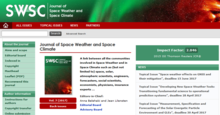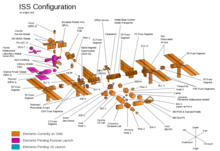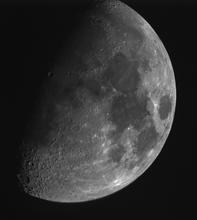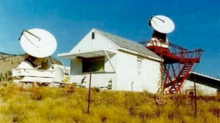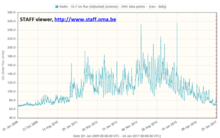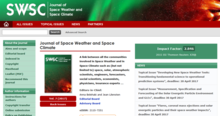news
Submitted on 2017-03-08
The SWSC has opened the topical issue "Space weather effects on GNSS and their mitigation".
Submitted on 2017-02-28
On 26 February, ESA's PROBA2 satellite observed a solar eclipse.
Submitted on 2017-02-28
There's a new entry in the space weather acronym list: SUVI.
Submitted on 2017-02-28
The folks at CSL (Centre Spatial de Liège, Belgium) are assembling and testing the EUI (Extreme Ultraviolet Imager).
Submitted on 2017-02-23
Once again, a coronal hole (CH) is making the headlines!
Submitted on 2017-02-10
How does the floor plan of the International Space Station looks like? Where is the bathroom, toilet, bedroom, gym, …? Are they connected with corridors? Is there a first floor, second floor, third floor?
Submitted on 2017-02-01On 31 January, the STCE Workshop "Geomagnetic storms and solar eruptions: from Sun to Earth" took place in the cozy meeting room of the RMI. Thirty-nine (39!) participants got submerged in the modeling of drivers of geomagnetic storms and solar storms as well as their impact on the geospace environment. The workshop was chaired by Dr Véronique Delouille (ROB), and consisted of 7 talks each followed by a few minutes of Q and A. An overview and links to some of the talks can be found at the workshop's website.
Submitted on 2017-01-27
This is an exceptional picture of the moon. Because it is made with a solar telescope!
Submitted on 2017-01-24Every day, the Dominion Radio Astrophysical Observatory (DRAO) in Penticton, BC, Canada, measures and publishes the values of the 10.7 cm solar radio flux on their website. The wavelengths around 10.7 cm (frequencies around 2800 MHz) are ideal for monitoring the solar activity, as they are very sensitive to conditions in the upper chromosphere and at the base of the corona. As a result, this radio flux is widely used in solar research and space weather applications.
Pages
Zircon - This is a contributing Drupal Theme
Design by
WeebPal.

